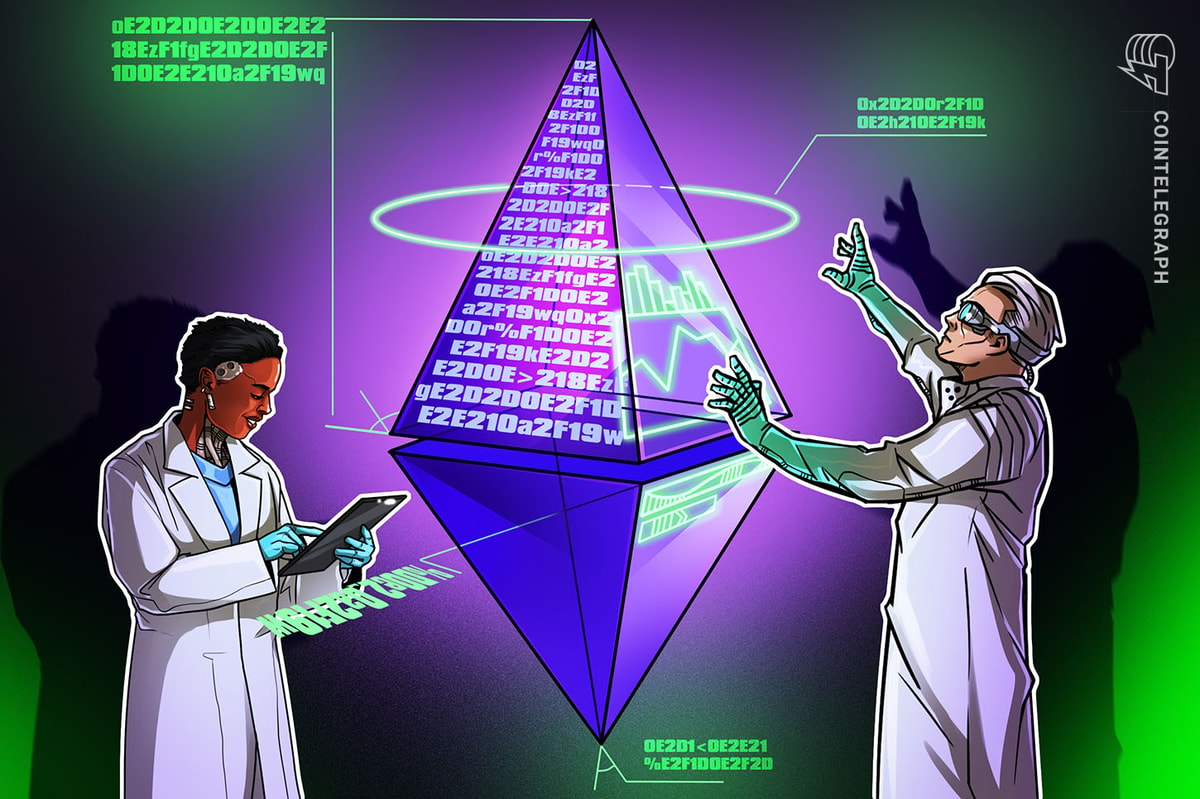Layer-2 networks continue to gain momentum as the Ethereum ecosystem advances. For example, data from analytics provider Token Terminal found that lay

Layer-2 networks continue to gain momentum as the Ethereum ecosystem advances. For example, data from analytics provider Token Terminal found that layer-2 scaling solution Polygon had 313,457 daily active users as of Jan. 17, 2023 — a 30% increase in activity since October 2022.
Moreover, the Polygon ecosystem recently announced the launch of its beta version Zero-Knowledge Ethereum Virtual Machine. As a result, Polygon’s native token, Polygon (MATIC), maintains a bullish narrative.
While notable, some believe layer-2 networks offering token incentive models may soon become obsolete. For instance, Jesse Pollak — head of protocols and Base core contributor at American crypto exchange Coinbase — told Cointelegraph at ETHDenver 2023 that there are currently no plans to associate a token with Base, the Ethereum layer-2 network recently launched by Coinbase. He said:
“We think about tokens as a powerful incentive tool that can change user and developer behavior. At the same time, we have seen situations unfold over the last few years where tokens have been used as an incentive mechanism with a lack of product fit for the underlying chain. Tokens have also resulted in nefarious or risky situations in the past.”
According to Pollak, Base is a layer-2 solution that allows developers to easily build applications without requiring an incentive mechanism. “Our product will stand on its own. It will be very easy for developers to use to build applications and distribute those to real human beings,” he said.
Shifting focus from token models to user experience
Focusing on ease of use and distribution are important points, as Pollak pointed out that many of today’s decentralized applications have been used solely for trading cryptocurrencies. “Trading is not enough to make cryptocurrency the future of the economy. At Base, we are making it easy for developers to build useful applications that people actually want to use,” he added.
Pollak explained that Base is investing in core infrastructure, such as Ethereum Improvement Proposal 4844, which will make the network secure and low-cost compared with other layer-2 networks. “It costs about 10–15 cents to conduct transactions on layer-2s. We aim to bring that down,” he mentioned.
While Base launched its testnet in February, Pollak shared that the Base mainnet launch will take place in the coming months. Moreover, while no plans exist for Base to offer a native token, several ecosystem participants have already expressed interest in building on Base.
Recent: Next stop Shanghai — Ethereum’s latest milestone approaches
For example, Konstantin Richter, chief operating officer and founder of Blockdaemon — a blockchain infrastructure provider — told Cointelegraph at ETHDenver 2023 that Blockdaemon will serve as an official infrastructure partner for Base. Richter shared that he thinks Base shouldn’t have a token associated with the network, as he believes proof-of-stake (PoS) is an entirely broken system. “Blockdaemon runs more PoS nodes than anyone else, and I can tell you that proof-of-stake only works when token prices go up,” he said.
Richter further explained that Blockdaemon plans to use the Base network to determine how to allow network participants to run nodes while possibly earning a fixed U.S. dollar fee. “This may result in a different type of PoS mechanism, possibly around commitment of compute rather than a staked percentage of tokens that may not serve the network well,” he said. Richter added that such a model could result in a better user experience. He said:
“This could be the biggest paradigm shift within the cryptocurrency ecosystem since the invention of PoS. We are moving away from incentive models that reward users for using a product. We are now focused on ease of functionality and low fees.”
Yet it remains questionable how exactly Base will attract users and developers to the platform without a token incentive model. Given Coinbase’s vast understanding of institutions and decentralized finance (DeFi), Richter doesn’t think this should be an issue: “I prefer to work with Base given Coinbase’s understanding of institutions and DeFi. It’s remarkable that a public Fortune 500 company is committed to putting transactions transparently on Base.”
While it’s too soon to predict future outcomes, it’s important to note that Arbitrum, another Ethereum layer-2 network, also functions without a native token. This has certainly not stopped users from interacting with the Arbitrum network. According to data from the analytics website L2Beat.com, Arbitrum has about $3.35 billion total value locked, making up about 54% of the market share on Ethereum.
However, rumors have been circulating that Arbitrum may initiate a token airdrop in the future. While this may or not be the case, it demonstrates Arbitrum’s ability to determine product market fit before launching a token. Gil Rosen, president of the Stanford…
cointelegraph.com
